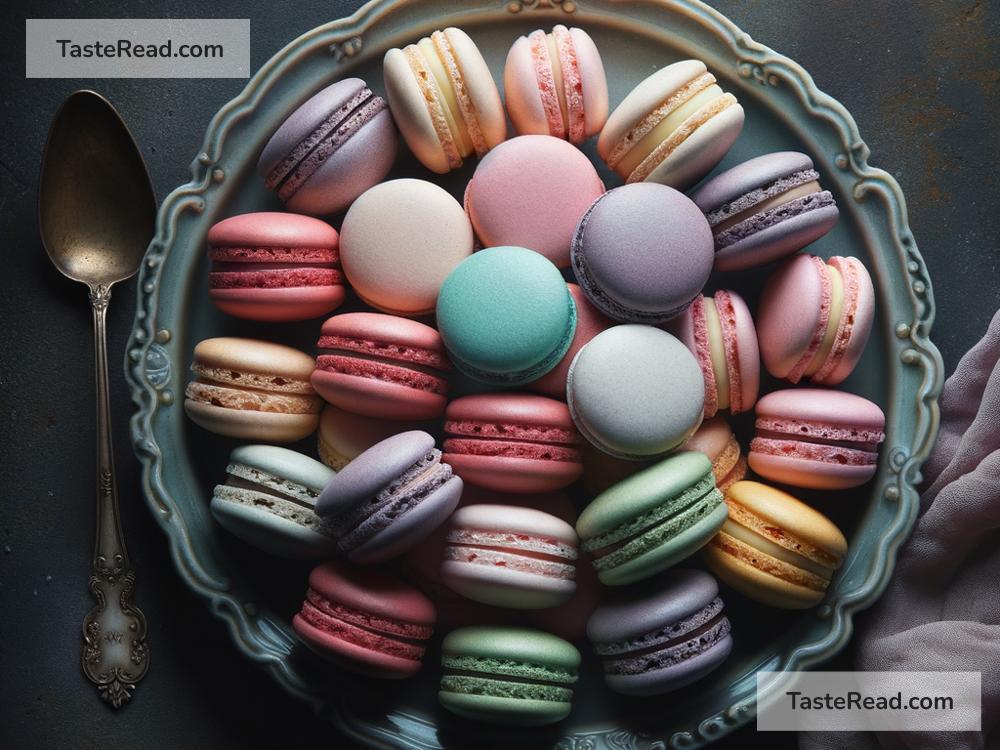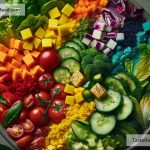How to Use Colors and Contrast to Enhance Food Photography
Food photography isn’t just about snapping what’s on your plate. It’s an art form that requires thought, creativity, and a keen understanding of colors and contrast. Whether you’re a professional photographer, a blogger, or someone who loves sharing their culinary adventures on social media, mastering the use of colors and contrast can transform your food photos from good to mouthwatering. Here, we’ll walk through some simple yet effective tips on how to leverage colors and contrast to elevate your food photography game.
1. Understand the Color Wheel
First things first, let’s talk about the color wheel. It’s a fantastic tool that helps you understand how different colors interact. Colors opposite each other are called complementary colors and create a vibrant look when used together because they stand out against each other. Think of the bright red of tomatoes on a bed of green lettuce. On the other hand, colors near each other are analogous and create a more harmonious and soothing effect, like different shades of green vegetables on a plate. Knowing how to play with these relationships can help your food photography stand out.
2. Use Colorful Backgrounds Wisely
The background of your photo can make or break your shot. Using colorful backgrounds can add a pop to your food photography, making the dish stand out. But be careful not to let the background overwhelm the food. You want a nice balance where the background complements the dish. For instance, a pale blue backdrop can make a dish with warm colors (like oranges and reds) really pop. Experiment with different backgrounds to see what highlights your dish the best.
3. Play with Contrasting Textures
Contrast isn’t just about color. Textural contrast can add depth and interest to your photos. Consider the texture of your food and what you can pair it with. For example, imagine the smooth, creamy texture of a soup. By adding a crusty piece of bread beside it, you introduce a contrast in textures that makes the photo more appealing. This principle applies to the surfaces you choose as well; a rough, rustic wood table can complement a sleek, glossy dessert beautifully.
4. Highlight with Natural Light
Lighting plays a crucial role in photography, and food photography is no exception. Natural light is your best friend here, as it tends to enhance the colors and contrasts in your food, making it look fresh and appetizing. Try to shoot in indirect natural light for the most flattering effects. Direct sunlight can cause harsh shadows and overexposure, so if you’re shooting near a window, consider diffusing the light with a sheer curtain for a softer effect.
5. Embrace Shadows
While we often strive for evenly lit photos, don’t be afraid of shadows. They can add depth and dimension to your photographs, creating a more dynamic image. The key is to use shadows deliberately. Position your light source (like a window) to one side of your food, and play with the angle to see how the shadows change the mood of your photo. However, ensure the shadows don’t obscure important details of your dish.
6. The Power of Post-processing
Even with careful planning, sometimes your photo might not look quite right straight out of the camera. That’s where post-processing comes in. Simple adjustments to brightness, contrast, and saturation can make the colors in your food photos pop. Tools like Adobe Lightroom or even the editing features on your smartphone can be quite effective. Remember, the goal is to enhance the photo to make it look natural, not overly processed.
7. Practice Makes Perfect
As with any skill, the key to mastering the use of colors and contrast in food photography is practice. Experiment with different combinations of colors, backgrounds, and lighting scenarios. Take note of what works and what doesn’t. Over time, you’ll develop an eye for what makes a compelling, appetite-inducing photo.
By following these simple tips, you’ll be well on your way to taking food photos that not only look professional but truly showcase the beauty of your culinary creations. Remember, the goal of food photography is to tell a story and evoke a desire in the viewer, and with the right use of colors and contrast, your photos can do just that.


